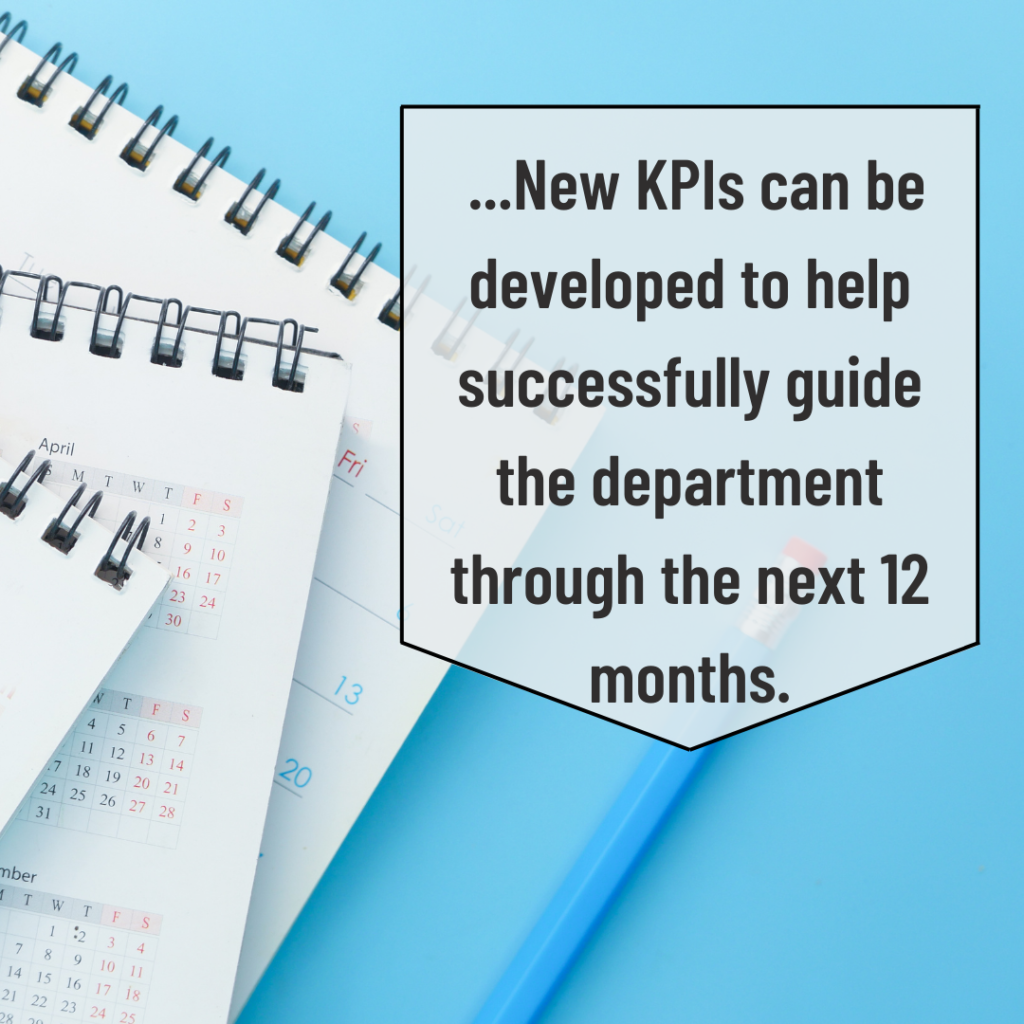When fiscal calendars wind down, procurement agents may be feeling confident about their performance, or they may feel like they could do with some changes. Either way, this is a good time to pause and review not only how the procurement planning has developed, but also to assess current vendor and supplier relationships, and see where any efficiencies can be gained. Here are a few tips for taking stock at the end of the fiscal year.
Review vendor/supplier relationships – Make sure your vendors and suppliers are top-notch and working well for you. If there’s a vendor/supplier that’s been underperforming, review their contract to determine when you will be able to replace them. Plan now for those RFPs so that you aren’t surprised when it’s time to renew the contract and then rush on the decision.
Determine training needs – Does the procurement department need any additional training? Review training needs and options so that requests can be submitted for next year’s budget. Craft a pitch with a list of reasons why the department would benefit from the training so that you’re prepared to address any questions.

Evaluate processes and procedures – Is your procurement department making the best use of their time? If your department is still working from paper supply requests, excel spreadsheets, and vendor bid packets, it might be time for an upgrade. Check out the latest software, procurement networks to make your job easier and are free, like DemandStar.
Submit RFPs early – Review next year’s calendar and see if there are any upcoming projects at the beginning of the year. As the holidays approach, vendors may be incredibly busy while also trying to give their employees time off for the holidays. Make sure to give additional time to these RFPs so that vendors can fit creating a bid into their busy holiday schedules.
Assess KPIs – Complete a self-evaluation of this year’s key performance indicators (KPIs) and make a performance assessment. Did you reach your budget goals? Were projects completed on time? What about diversity inclusion, has that benchmark been met? Make a list of areas of success and areas of opportunity.
Set goals and plan for next year – Now that you’ve reviewed this year’s KPIs and have an idea of what’s been going well and what could use improvement, set your goals and make a plan for next year. Make sure to include specific data points where appropriate as opposed to setting broad goal statements.
Time to plan
The end of the year is an ideal time to review performance and plan for the year to come. By using the tips above, procurement planning will be easier and agents will know how things went this year and will be able to adjust to make sure next year is even better. By identifying areas of strength and areas of opportunity, new KPIs can be developed to help successfully guide the department through the next 12 months.
What are your year-end procurement planning tips? Share them with us in the comments!
